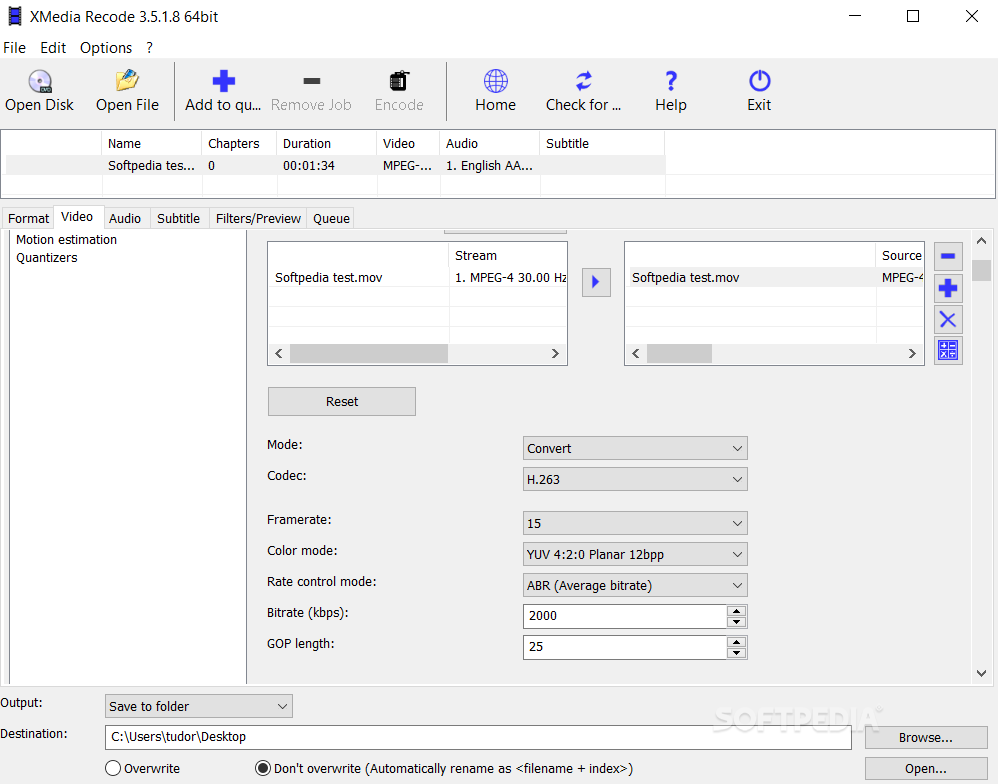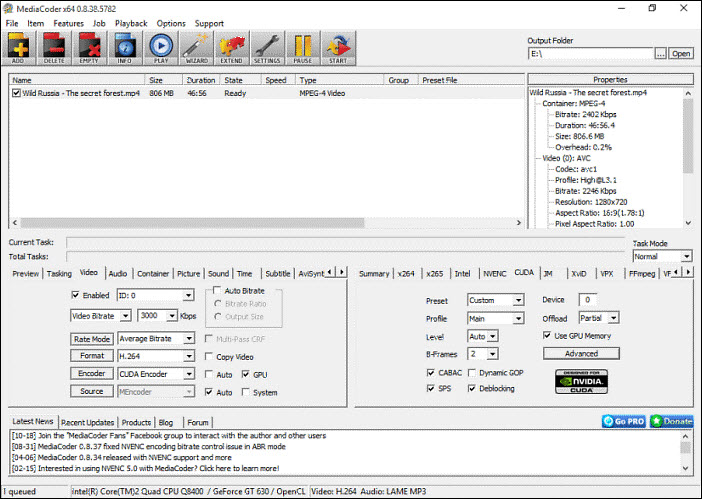

It’s what everyone thinks about when they assume a video file is a bunch of pictures in a row, like it was back with real film. I frames are pretty easy to understand, an I frame is a full picture. In HEVC videos there are three types of frames, Index (I) frames, Predicted (P) frames, and Bidirectionally Predicted (B) frames. I believe a large part of this is due to the introduction of the B-frame. However, as their hardware and software matured it is now reaching a point where they can reasonably be considered instead of using crazy slow software encoders.

They always wanted good quality of course, but speed was always more important. That way they could be used with video conferencing like Zoom or transcode videos as needed as you watch them. Whereas, historically, hardware encoders were designed with the singular purpose to encode above real-time speeds. That means you want to get as much quality as you can, into the smallest package possible. For example, a single megabyte difference for a popular file on a large site could start costing hundreds of dollars of bandwidth fees. This can help save on disk space or on bandwidth usage if the file will be transferred a lot.

When looking to compress an existing video file, one of the main purposes is to save disk space, i.e. What’s so odd about using a hardware encoder for encoding videos?

Dobly’s Glass Blowing Demo – 4K HDR10 – 60fps – 15.1 Mb/s bitrate.Wonderland Two – 4K HDR10 – 24fps – 51.4 Mb/s bitrate.What’s so odd about using a hardware encoder for encoding videos?.


 0 kommentar(er)
0 kommentar(er)
